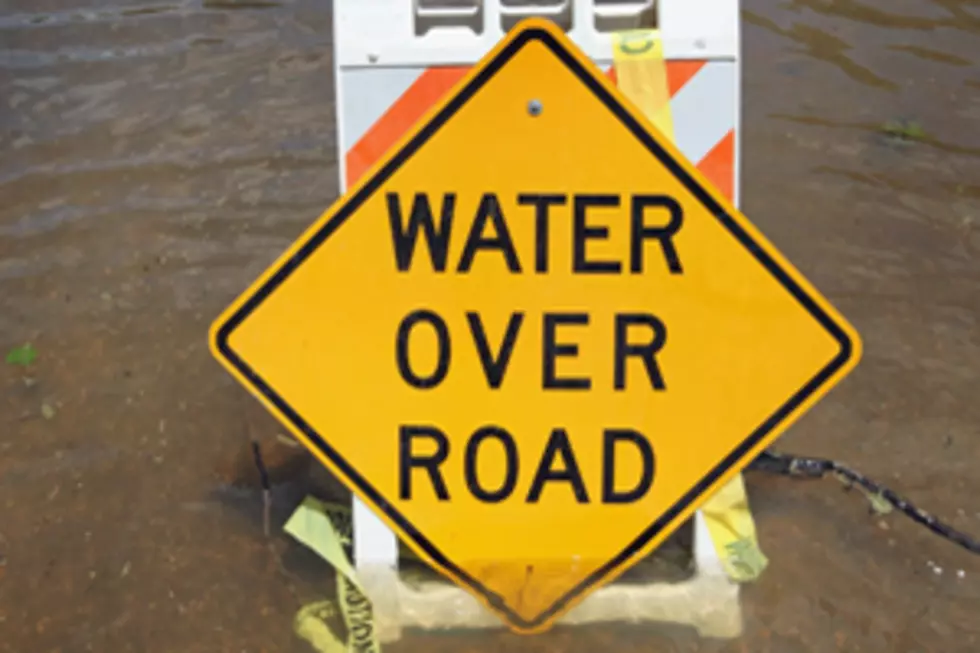
It’s Flood Safety Awareness Week
The Federal Emergency Management Agency (FEMA) and the National Oceanic and Atmospheric Administration (NOAA) are once again partnering for National Flood Safety Awareness Week. This is a time for individuals, families, businesses and communities to understand their risk for flooding and take precautions to protect their families and homes in the event of flooding.
Floods are one of the most common hazards in the United States, however not all floods are alike. Floods typically occur when too much rain falls or snow melts too quickly. While some floods develop slowly, flash floods develop suddenly. Yet there are simple steps citizens can take today to reduce their risk to all types of floods.
"Flooding is the leading cause of severe weather-related deaths in the U.S., and this is especially tragic since many are preventable. Of the nearly 100 flood-related fatalities each year, most occur as people attempt to drive on flooded roads.
Before A Flood
- Practice your family emergency plan. Plan and practice flood evacuation routes from home,
work and school that are on higher ground. - Conduct a thorough home inventory. Thorough documentation of your belongings will help you file your flood insurance claim. For more information, visit http://www.ready.gov/insurance-vitalrecords.
During A Flood
- Go to higher ground. Get out of areas subject to flooding, including dips, low spots, washes, etc.
- Avoid areas already flooded, especially when water flows fast. Do not attempt to cross flowing
streams. Just six inches of moving water can knock you off your feet. - Never drive through flooded roadways. Roadbeds may be washed out under flood waters and
just two feet of moving water can sweep an SUV off the road.
After A Flood
- Check for damage. Check for structural damage before re-entering your home. If you suspect
damage to water, gas, electric or sewer lines, contact authorities. - Remove wet contents immediately. Wet carpeting, furniture, bedding and any other items
holding moisture can develop mold within 24 to 48 hours. Clean and disinfect everything touched by floodwaters. - Plan before you repair. Contact your local building inspections or planning office or county clerk’s office to get more information on local building requirements.
- File your flood insurance claim. Be sure to provide: the name of your insurance company, your policy number and contact information. Take photos of any water in the house and damaged personal property. Make a detailed list of all damaged or lost items.
For more information on flood safety tips and information, visit www.ready.gov.

